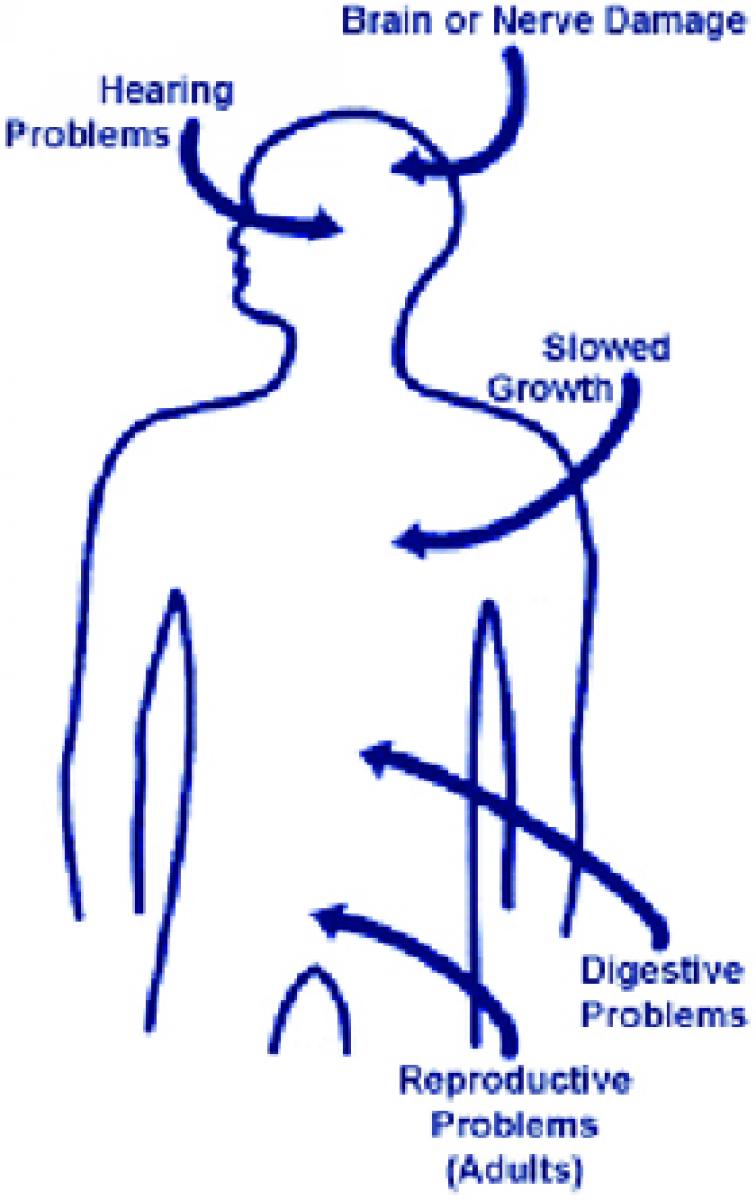Live
- Top 10 Streaming Platforms for 2025: Shaping the Future of Online Entertainment
- Saudi Doctor Taleb al-Abdulmohsen Linked to Deadly Magdeburg Christmas Market Attack, Sparking Fears of Right-Wing Extremism in Germany
- Samsung Galaxy S25 Slim Specs Leak: A Strong Rival to iPhone 17 Air with 200 MP Camera and More
- Inorbit Mall Cyberabad Unwraps the Magic of Christmas with Exciting Festivities and Entertainment
- Mahesh Babu’s Voiceover in Mufasa: The Lion King Captivates Hyderabad Fans with Adorable Recreated Moments
- GHMC and Traffic Police Launch Anti-Encroachment Drive in Saidabad
- Maruti Suzuki teases its first eBorn Electric SUV; Signals robust EV ecosystem for seamless ownership experience
- B L Santhosh: Congress Attempted to Destroy India's Constitution's Basic Structure
- PRSI Hyderabad chapter receives best chapter award
- AP minister flays YCP over encroachment, pledges action at revenue conferences
Just In

Lead wrecking lives of Indians. The idiom ‘better late than never’ appropriately applies to the country’s food regulator, Food Safety and Standards Authority of India (FSSAI).
 The idiom ‘better late than never’ appropriately applies to the country’s food regulator, Food Safety and Standards Authority of India (FSSAI). It has finally decided to tighten the noose and hopefully should set focus on various food and health supplements. This could cover a range of imported food items, specially protein and other supplements sold without medical supervision. Moreover, the claims by well-known FMCG brands that their products are health drinks need to be investigated.
The idiom ‘better late than never’ appropriately applies to the country’s food regulator, Food Safety and Standards Authority of India (FSSAI). It has finally decided to tighten the noose and hopefully should set focus on various food and health supplements. This could cover a range of imported food items, specially protein and other supplements sold without medical supervision. Moreover, the claims by well-known FMCG brands that their products are health drinks need to be investigated.
Experts believe that the Maggi noodle controversy is possibly the tip of the iceberg and reports would only prove the efficacy of claims. Tests may well reveal whether the MNC companies, who normally hold sway over the market, are adhering to the prevalent rules and not making false claims. Big MNCs cannot be allowed to make huge profits from the Indian consumer market. The food safety regulator should be given more powers and authority to carry out periodic checks without fear or favour and make their reports available to the State governments for compliance.
Documents so far released by the FSSAI, which works under the Health Ministry, suggest that lead and MSG (monosodium glutamate) found in excess could have devastating consequences, which could impair the mental growth of children. Research studies by health and toxicology experts from across the country have documented lead in a variety of processed and raw food products such as chocolates, milk, vegetables, fish and water. Scientists say the primary sources of environmental lead are lead paints, backyard recycling of lead batteries and water plumbing materials among others.
A Toxics Link survey from SMEs from Andhra Pradesh, Bengal, Delhi, Gujarat and Maharashtra found around 30 per cent of samples with lead values greater than 10,000 ppm though the Bureau of Indian Standards had set a code of 90 ppm. The practice of immersing painted idols in rivers and lakes results in lead being deposited in water, which obviously finds way to the food chain. A painted idol of just 2 kg idol could deposit at least 8 to 10 gm of lead into the water. Even traditional Ayurvedic medicines are reported to contain lead, sometimes more than permissible limit power.
The most sensitive target of lead poisoning is the nervous system. In children, neurologic deficits have been documented at exposure levels once thought to cause no harmful effects. Exposure to lead can have a wide range of effects on a child’s development and behaviuor. Even when exposed to small amounts of lead levels, children may appear inattentive, hyperactive and irritable. Children with greater lead levels may also have problems with learning and reading, delayed growth and hearing loss. At high levels, lead can cause permanent brain damage and even death.
Lead inhibits the body’s ability to make hemoglobin by interfering with several enzymatic steps in the heme pathway. Ferrochelatase, which catalyzes the insertion of iron into protoporphyrin IX, is sensitive to lead. A decrease in the activity of this enzyme results in an increase of the substrate, erythrocyte, in the red blood cells. Lead can induce two types of anemia. Acute high-level lead poisoning has been associated with hemolytic anemia. In chronic lead poisoning, lead induces anemia by diminishing red blood cell survival.
Lead toxicity has endocrine effects. A strong inverse correlation exists between blood lead levels and levels of vitamin D. Because the vitamin D-endocrine system is responsible in a large part for the maintenance of extra-and intra-cellular calcium homeostasis, it is likely that lead impairs cell growth and maturation and tooth and bone development. Long back, scientists at the Bhabha Atomic Research Centre documented the presence of lead among other heavy metals in chocolates and candies.
They calculated that a child who eats 20 grams of chocolate daily would on an average ingest about 270 micrograms lead in a week. Other studies detected lead in buffalo milk in Chennai and Hyderabad, vegetables in Bihar, Uttar Pradesh and Bengal, paddy grown in Odisha and several species of fish in the Cauvery.
By Dhurjati Mukherjee

© 2024 Hyderabad Media House Limited/The Hans India. All rights reserved. Powered by hocalwire.com







